In the noisy world of dating apps, it seems the swipe is king and the matchmaking algorithm is a black box. You swipe, you match, you chat—only to ghost, get ghosted, or worse, end up in another dead-end connection. It’s Fast. flashy, and frictionless. And it’s emotionally exhausting.
What if matchmaking could be transparent, intentional, and even a little bit wise?
That’s the question the DropD Network sets out to answer with its radically different approach to algorithmic matchmaking—one that rethinks everything from gender bias to long-term compatibility.
Let’s break it down.
Traditional Dating Algorithms: Swipe First, Think Later
Most mainstream dating platforms—Tinder, Bumble, Hinge—use opaque, machine-learning algorithms that rely heavily on:
- Swipe history
- Demographic filters (age, distance, gender)
- Engagement patterns
- Freemium incentives (pay to see who liked you)
These systems are designed to maximize time spent in-app, not necessarily to facilitate quality matches. As a result:
- Superficial traits dominate (photos, bios, status)
- Ghosting is rampant
- Algorithms are reactive, not predictive
- Your match quality doesn’t improve as your emotional clarity does
And worst of all? You have no visibility into how your matches are being generated. It’s like applying for jobs without ever knowing the criteria.
DropD’s Matchmaking Algorithm: Eight Circles, Not One Funnel
DropD approaches matchmaking like a multi-dimensional map of human intention rather than a binary checklist of likes/dislikes.
It uses what it calls the “Eight Circles” of Compatibility: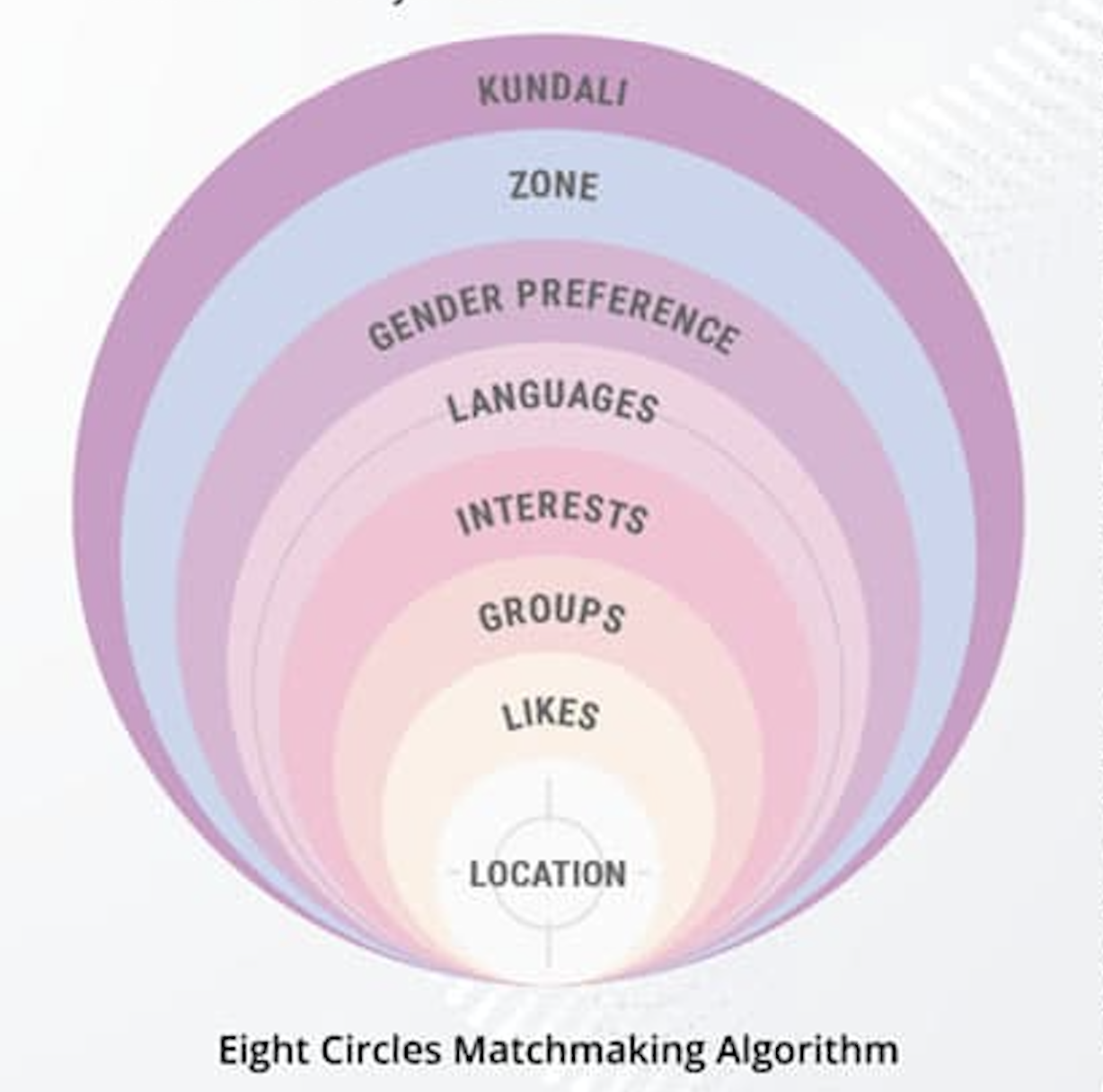
- Age Group Zone (Love Grounds, Open Marriage Communes, SILA)
- Archetype Role Matrix (Choose 5 out of 12 identity-defining traits)
- Emotional Intent Filters (Casual, serious, care-based, etc.)
- Relationship Architecture (ROCCA contracts, floating marriages)
- Community & Club Preferences (e.g., Food Forest, Care Pods)
- Visibility & Social Activity (Posts, Pages, Likes, Interactions)
- Friend Request Stakes (Token commitment = real intent)
- Reputation Economy (History of respect, engagement, and ethics)
Rather than throwing everyone into one massive pool of eligible profiles, DropD creates defined match-pools based on zones of alignment—cultural, emotional, behavioural, and reputational.
The result? Your match isn’t just someone who likes dogs and tacos. It’s someone who shares your life architecture.
Archetypes over Avatars
Instead of a basic bio or preference checklist, every DropD user chooses five out of twelve archetypes, like:
- Passionate Lover
- Caregiver
- Breadwinner
- Nomad
- Good Parent
- Thinker, etc.
These become visible identity signals, not buried personality quizzes.
So you’re not matching with a “Gemini who likes music,” you’re connecting with a “Nomadic Breadwinner seeking a Caregiver.” It’s matchmaking with a socio-emotional lens, not just an aesthetic one.
Skin in the Game = Sincerity
Unlike Tinder, where friend requests are free (and often meaningless), DropD uses token-staked actions:
- Sending a friend request costs a small number of DRPD tokens
- If accepted, the tokens are transferred as a gift
- This deters spam and forces users to act with intention
When commitment costs something—even a little—flippant behaviour drops and meaningful connections rise.
Transparency is Not a Bug, It’s the Feature
DropD’s approach isn’t just algorithmic; it’s participatory.
- You know why someone matched with you (archetype and zone match)
- You earn tokens through visibility and engagement
- You see how well your profile performs socially
The algorithm is not a wizard behind the curtain. It’s a mirror held up to your behaviour and your values.
Final Thought: Matchmaking Needs a Makeover
Dating platforms today operate like digital slot machines. DropD rewires the logic into something more like a reputation-based mutual fund of emotional compatibility.
It’s not perfect, and it’s not instant. But in a world drowning in superficial matches, DropD’s algorithm dares to ask:
What if we matched people not just on appearance…
But on how they live, love, care, and grow?
Because the best relationships aren’t found by accident.
They’re built with intention, clarity, and yes, a damn good algorithm.
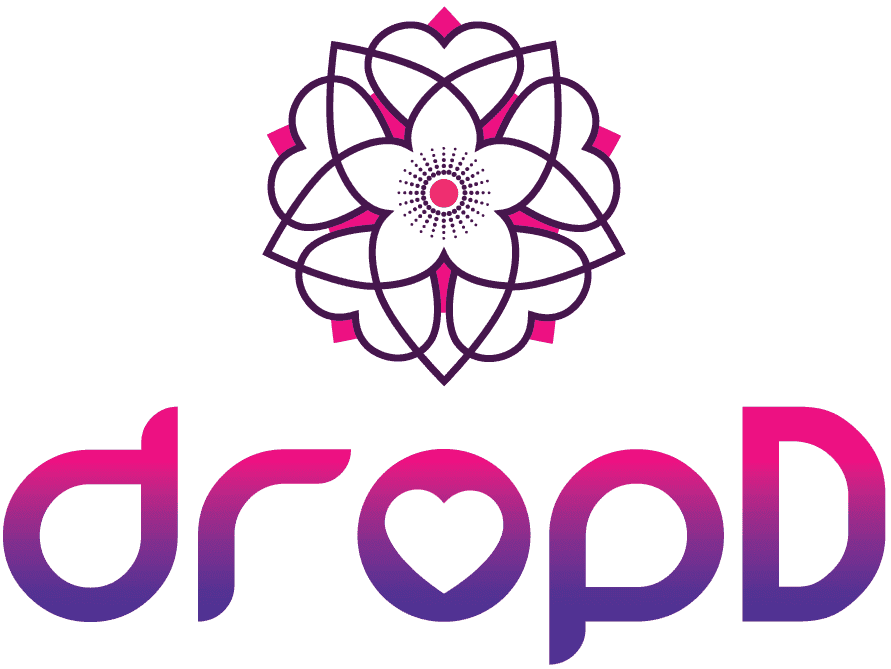
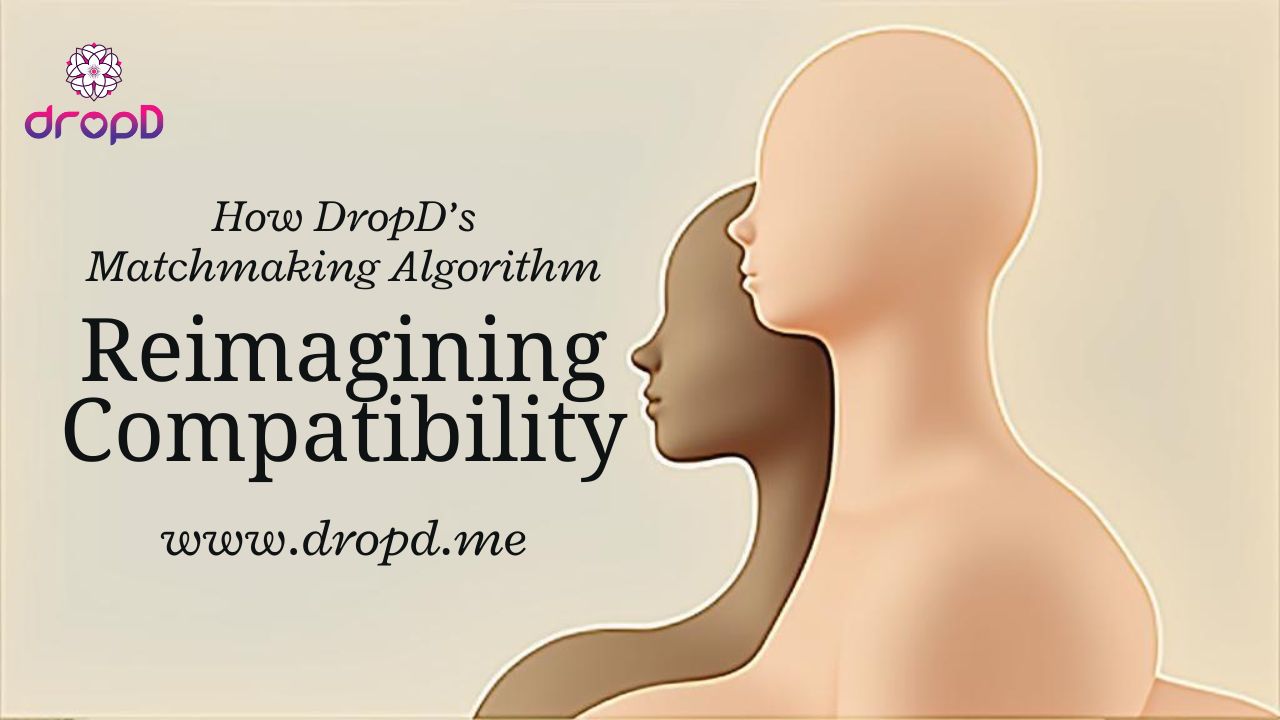
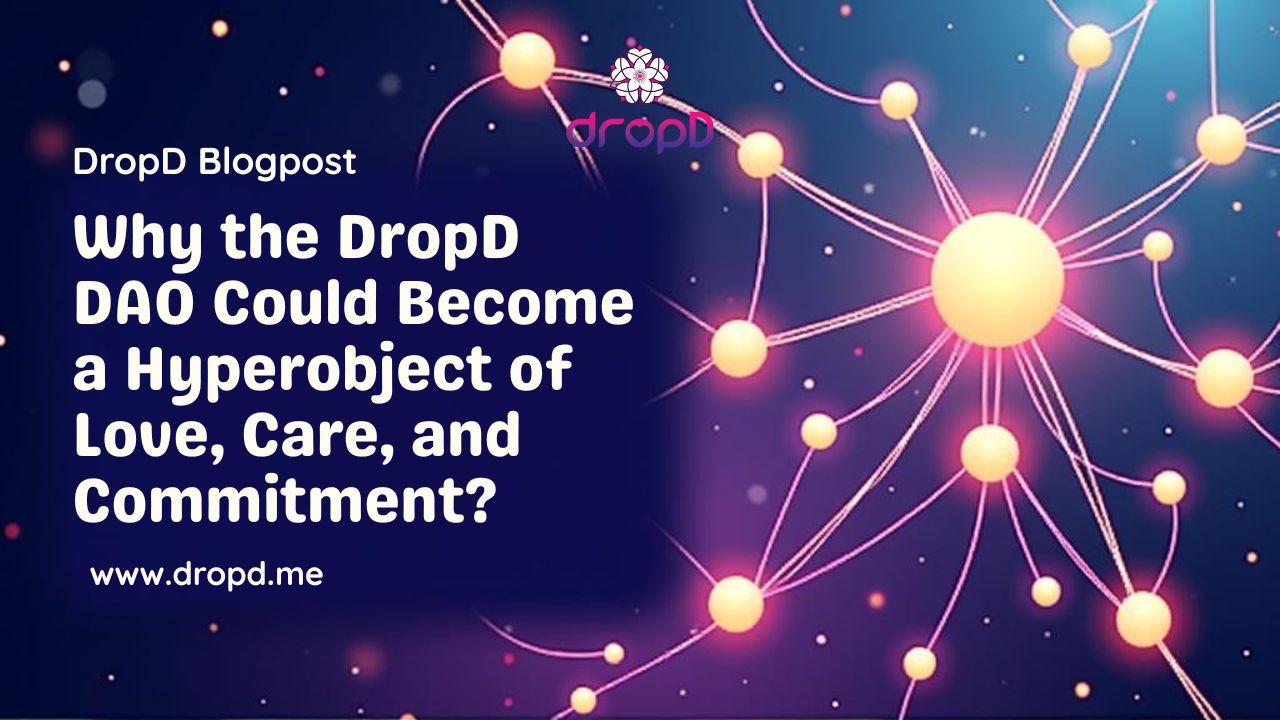
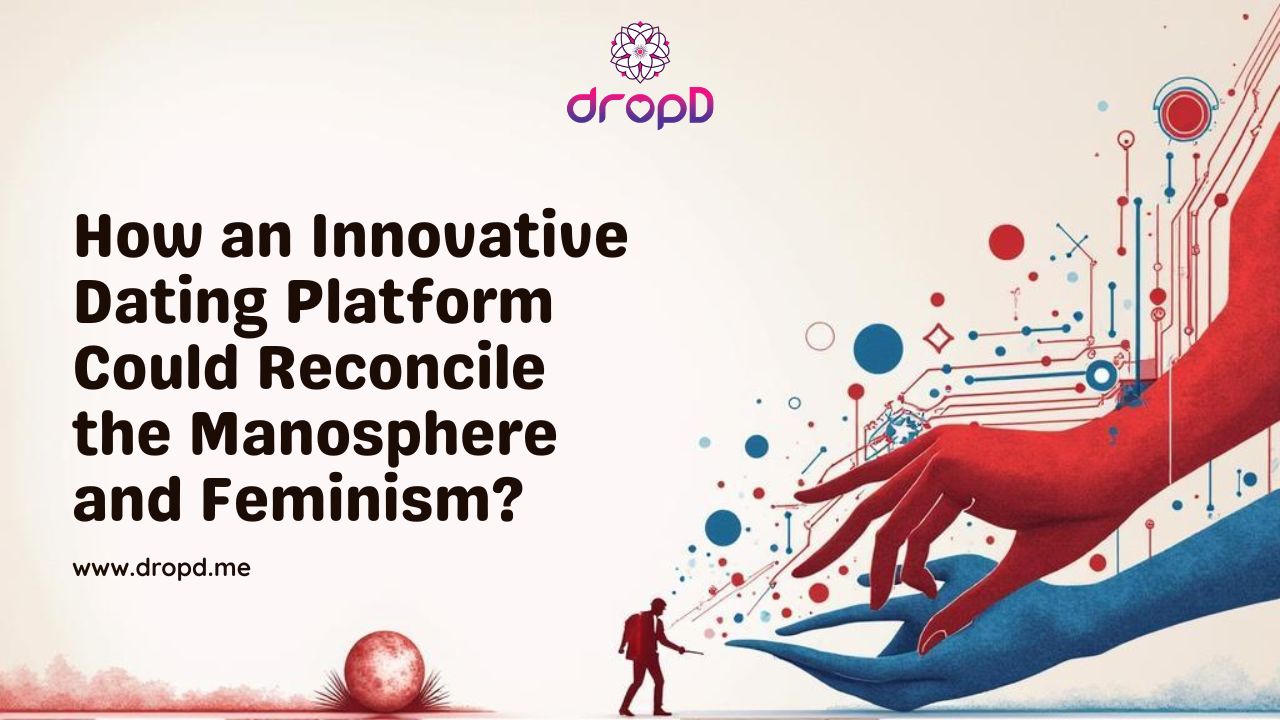
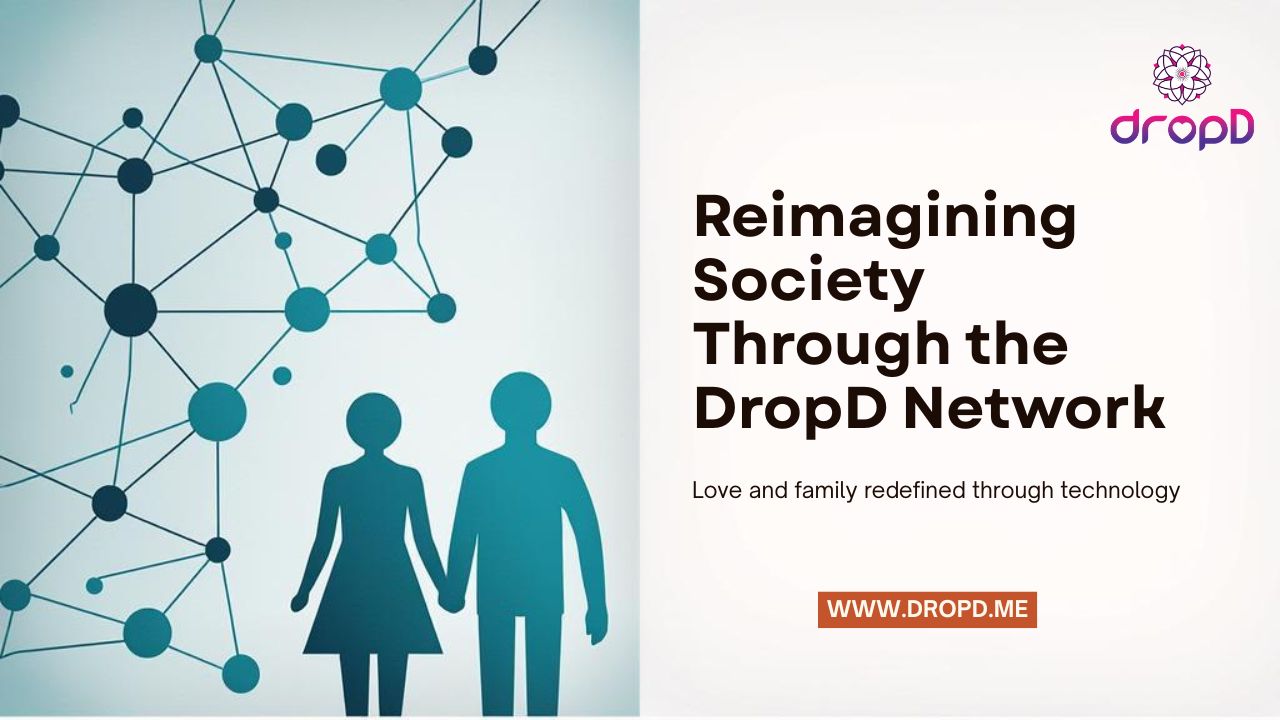
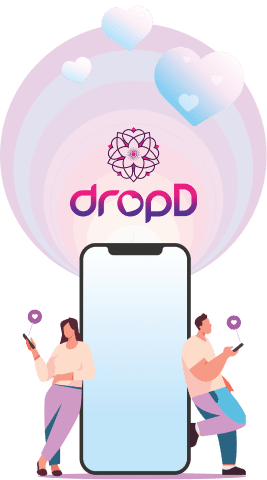
Leave A Comment